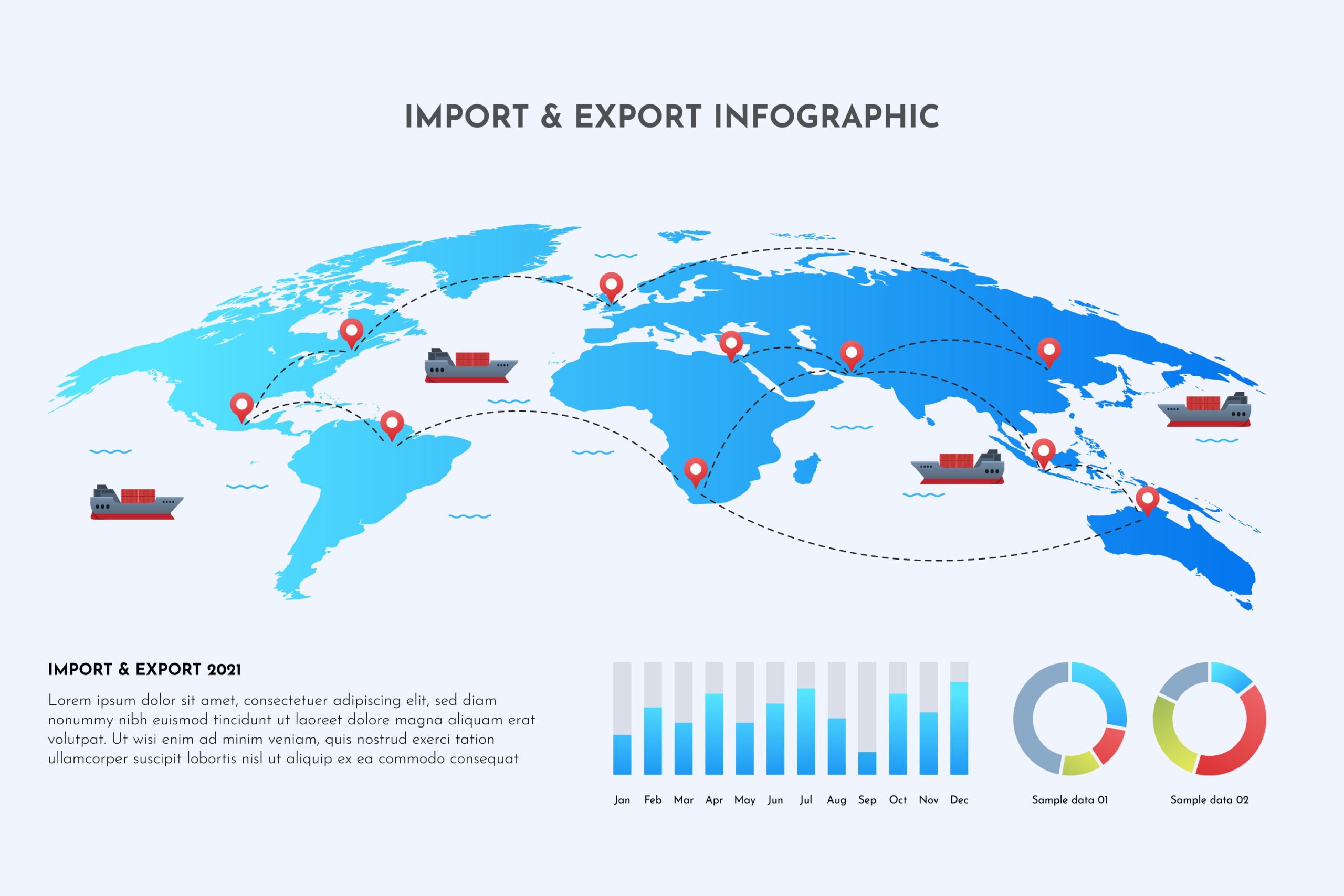Introduction
Global Cross-border E-Commerce is set to grow exponentially, offering immense opportunities for MSME exporters. This blog explores the potential of Cross-border E-Commerce and how MSMEs can tap into this growing market.
The Rise of Cross-border E-Commerce

Cross-border E-Commerce is estimated to grow to USD 800 billion by 2025 and up to USD 2 trillion by 2030, accounting for 6.6% of overall global merchandise trade. India’s share in this segment is poised to grow, providing a lucrative opportunity for MSME exporters.
Advantages of Cross-border E-Commerce
- Wider Market Access: E-Commerce platforms provide access to a global customer base, beyond domestic markets.
- Cost Efficiency: Integrated logistics and payment solutions reduce time and costs, allowing exporters to focus on product quality and marketing.
- Better Margins: Direct-to-consumer sales through E-Commerce offer better profit margins compared to traditional export methods.

How to Get Started
- Product Selection: Choose products with high demand in international markets, such as handicrafts, textiles, and spices.
- Platform Choice: Select the right E-Commerce platforms that cater to your target markets.
- Logistics and Payments: Partner with reliable logistics providers and ensure secure payment methods for smooth transactions.
Conclusion
Cross-border E-Commerce offers a transformative opportunity for MSME exporters. By leveraging E-Commerce platforms and focusing on high-demand products, MSMEs can achieve significant growth and profitability in international markets.


